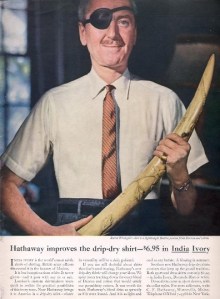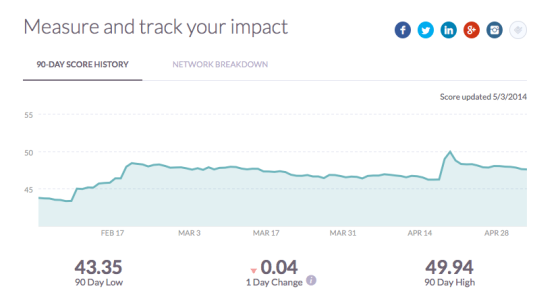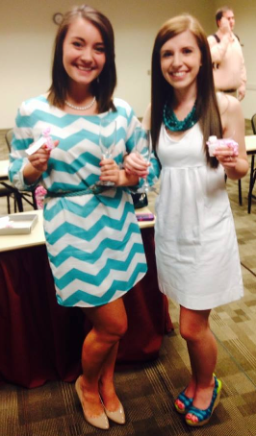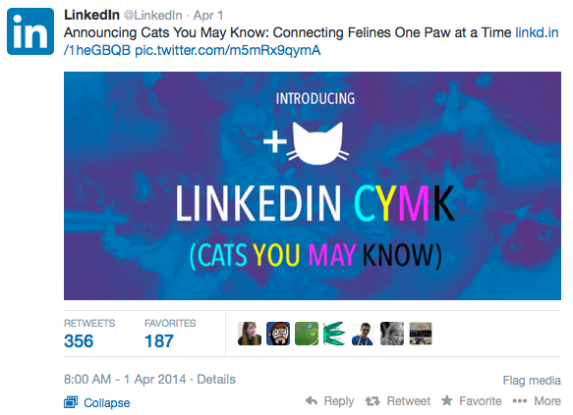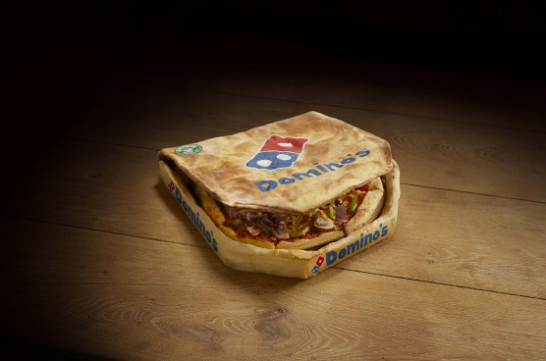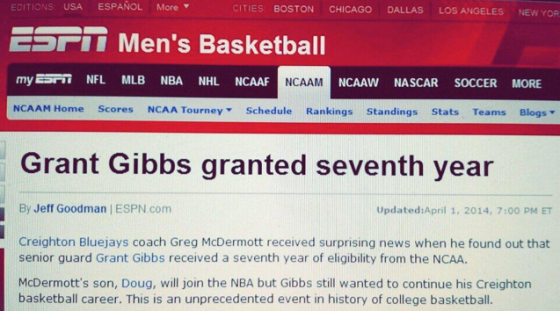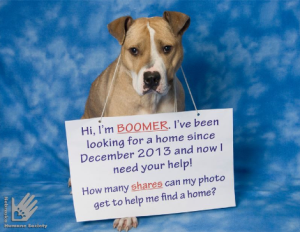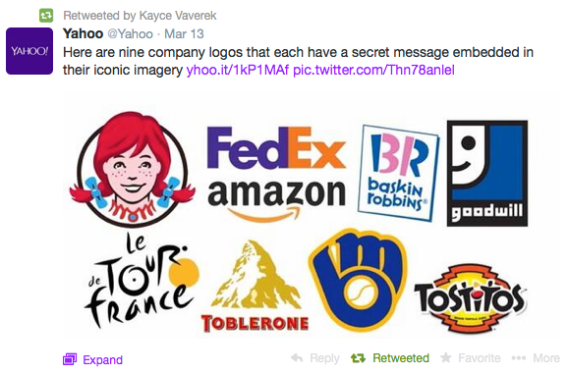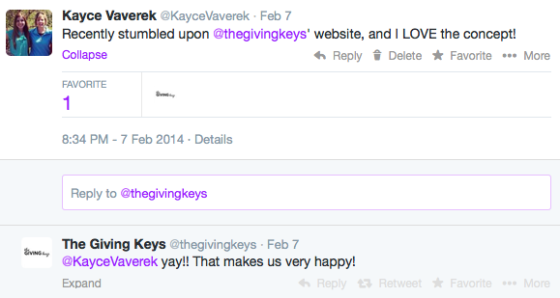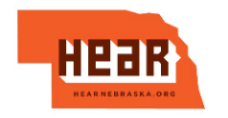Although there were more than 60 different literacy technologies to pick from for this Impact Project, I decided to venture out and choose my own. As a Journalism (Public Relations) and Graphic Design double major, I have taken a wide-variety of classes at Creighton University. Among the classes was Principles of Advertising. Through this class, I gained an interest in advertising. That’s ultimately why I decided to look at how advertisements function as a literacy technology. Scroll through this blog to learn about the history, impact and ethical implications of advertisements.
Description of the Technology
Advertisements are a method of communicating information about a product or service to customers, usually for the purpose of selling said product or service. Advertisements use persuasive messages and images to make people think that they need to buy something or do something.
Businesses use advertisements to:
- Build brand loyalty
- Differentiate themselves from their competitors
- Increase sales revenue
Advertisements appear in various mediums, including:
- Newspapers
- Magazines
- Direct Mail
- Radio
- Signs
- Television
- Internet
For a detailed look at each medium, visit Advertising Media.
History of the Technology
The evolution of advertisements is confusing, to say the least, so I will try to simplify it. The advertisements that we are most familiar with today accompanied the invention of the printing press. However, nontraditional forms of advertisements existed long before that time. Although there is no clear “inventor” of advertisements, the earliest forms probably can be traced back to 4000 B.C. when the Indians painted rock art (Advertising).
There has been a need for advertisements since before people could read. Street callers used to announce out loud where local people could buy their fruits and vegetables (Advertising). This teaches us that the general purpose of advertising – to inform customers about products and services – has remained constant over time.

This newspaper advertisement dates back to 1761. It shows how advertising was used to sell products, even back in the day. Photo taken from Archiving Early America. This image has not been modified from its original.
When the printing press was invented around 1450, literacy expanded, and so too did advertising. Then, with the advent of mass production in the late 19th and 20th centuries, print advertising became the primary method of communicating with consumers through newspapers, magazines, flyers, posters and billboards (Walker).
Advertising man David Ogilvy created “The Man in the Hathaway Shirt” advertisement in 1951. This advertisement featured a man dressed in a button down shirt wearing an eye patch. Rather than just promoting the shirt, the advertisement told a story that captured people’s attention. As a result, sales of Hathaway shirts more than doubled (The Ogilvy Legend).
In the 1920s, radio advertisements began to take shape. People welcomed this new form of entertainment into their homes, and bought the products advertised (Advertising and consumerism). To get an idea of what radio advertisements sounded like, listen to this 1957 Chevrolet clip:
TV followed suit a few decades later, condensing advertisements to 30- to 60- second clips.
The last fundamental shift that gave rise to advertising, as we know it today, was the invention of the Internet in 1958. The Internet gave advertisers an opportunity to get our attention with pop-ups, search advertising and mobile ads (The History of Advertising Infographic). The Internet gave birth to social media, providing advertisers another way to reach consumers. For example, advertisers reach customers by adding short advertisements to the beginning of YouTube videos.
I think people have developed more negative feelings toward advertisements over time. In the radio age, people were excited to go out and buy new products, even if they couldn’t afford them (Advertising and consumerism). Advertisements convinced consumers to take action by using physiological techniques to target human instincts. Now, however, people do everything they can to avoid advertisements, whether it’s fast-forwarding through commercials or quickly exiting out of pop-up screens. We do this because we are overwhelmed by the number advertisements we see in today’s day and age. Because we are constantly bombarded with advertisements today, it’s harder to convince us to take action. Instead of letting advertisements tell us what to buy, we read reviews and talk to our friends to find out what’s worth purchasing.
This infographic summarizes the history of advertising nicely:

Infographic taken from Ocean Media Inc. The image has not been modified from its original.
Impact of the Technology Over Time
I. Socially
Over the course of our history, advertisements have brought about several social changes.

CC photo courtesy of DonkeyHotey. This image has not been modified from its original.
First, WWII advertisements encouraged feminism. The advertisement that instantly came to my mind was of Rosie the Riveter during WWII with the tagline “We can do it!” This advertisement became an iconic icon of the United States, representing the women who joined the workforce during WWII (Rosie Information). This was a step toward gender equality in the workforce, with women branching out from traditional household roles.
Second, our society became more consumer-centric as a result of advertisements. Today, close-knit communities have formed around brands. For example, some Nike fans refuse to wear Under Armour, and vice versa. In middle school, I remember thinking that the girls who wore Hollister and Aeropostale were the most popular. These girls all hung out in the same social circle. I think this goes to show that advertisements have the power to create brand loyalty, which, in turn, contributes to how outsiders view you.
Third, advertisements taught children the power of begging. This began when businesses advertised products based on popular movies and television shows to children. Advertisers today continue to target children because they know that begging results in sales.
Lastly, advertisements have empowered people to come together for a common good. At my internship, I assist with advertising for cause marketing initiatives ranging from a breast cancer awareness walk to a purse drive for abused women. Advertising can contribute to the success of the event, which can impact people’s lives.
II. Literacy
As advertising has evolved, people’s literacy has changed. While the intent of advertisements has remained the same through the years, people had to gain new literacies along the way. For example, people had to learn how to read before they could understand print advertisements. Print advertisements supplemented newspapers, magazines and flyers, and even contributed to the economic success of newspapers. In addition, people had to learn how to operate the radio and television before they could access broadcast advertisements.
Ethical/Moral Implications of the Technology
I. The Good
Because advertisements appear in various mediums, they can benefit people from all walks of life.
Advertisements that help people find products are good. Although I have never purchased anything from Craigslist, my friend found her dining room table on the popular advertisement website.
Advertisements that inspire people to make positive life changes or contribute to worthy causes are extremely good. What differentiates good from extremely good, for me, is that extremely good advertisements can save people’s lives. An advertisement released as part of National Distracted Driving Month urged people to stop texting and driving. Watch the video here:
If people stop texting and driving as a result of seeing this advertisement, they could avoid disaster. This also is the case with advertisements that urge people to wear seat belts and stop smoking.
In my opinion, advertisements would be better if they always applied to us. In today’s society, we are constantly bombarded with advertisements. We tend to ignore the advertisements that don’t interest us. Businesses’ money would be better spent advertising to potential customers, rather than to the general public. Read more in “Conclusion.”
II. The Bad
Advertisements have the power to influence the way we live and act. Unfortunately, that isn’t always a good thing. Advertisements send harmful messages to people all of the time. In my opinion, advertisements tend to exploit women and children.
A major problem with today’s advertisements is that they often sexualize women. A primary example of this is Carl’s Jr.’s ad for its Buffalo Blue Cheese Burger. Watch the ad here:
Advertisements like this one emphasize the importance of physical attractiveness, making women self conscious about their body image. Research shows that advertisements can lead to disordered eating (Media, Body Image, and Eating Disorders), a problem that affects about seven million women in America (Eating Disorder Statistics).
Advertisements also can have harmful effects on children. First, advertisements can cause children to develop unhealthy behaviors. For example, I recently visited Nickelodeon’s website and noticed banner advertisements for sugary cereals like Cinnamon Toast Crunch and Lucky Charms. This presents a problem because, as we know, sugary cereals can cause cavities, as well as more serious health problems like obesity. Obesity can lead to health problems, including high blood pressure and diabetes, as well as psychological issues, including low self-esteem, negative body image and depression (Overweight in Children).
To make advertisements less problematic, the government should impose strict rules that businesses must follow when creating advertisements.
Conclusion
I think advertisements will continue to become more advanced over the next decade. Advertisements will target people based on their location, web search history, spending patterns and social media activity. I already have started to see this happen. For example, during my recent apartment search, I noticed that all of the advertisements that showed up on my laptop were for Omaha-area apartments. While it might be a little scary to think about how much advertisers know about us, I believe this is only the beginning.
In the future, I think businesses might take advantage of the location services feature on people’s mobile devices. If Starbucks knows, for instance, that a person is shopping right across the street from one of its locations, it might send a text advertisement to that person. In addition, I think businesses will analyze the demographics of its current customer-base in order to target similar people on social media with advertisements. Lastly, I think businesses will be able to look at people’s spending patterns to create more effective advertisements. For example, if PETCO sees that a person recently bought a leash and kennel, it might also send that person an advertisement for dog food.
To recap, mobile devices and social media will allow advertisements to become more targeted than ever before over the next decade.
Works Cited
“Advertising.” Reference.com. N.p., 2010. Web. 5 June 2014. <http://www.reference.com/browse/Advertising.>.
“Advertising and consumerism.” Dhahran British Grammer School. N.p., n.d. Web. 5 June 2014. <http://www.dhahranbritish.com/history/B7_advertising.htm>.
“Eating Disorder Statistics.” South Carolina Department of Mental Health. N.p., n.d. Web. 5 June 2014. <http://www.state.sc.us/dmh/anorexia/statistics.htm>.
“The History of Advertising Infographic.” Ocean Media Inc. N.p., 5 Apr. 2013. Web. 5 June 2014. <http://www.oceanmediainc.com/#!news/the-history-advertising-infographic>.
“Media, Body Image, and Eating Disorders.” NEEDA Feeding Hope. N.p., n.d. Web. 5 June 2014. <https://www.nationaleatingdisorders.org/media-body-image-and-eating-disorders>.
“The Ogilvy Legend.” Brands School. N.p., n.d. Web. 7 June 2014. <http://brandschool.co.za/blog/tips-for-digital-marketing-copywriting-and-brand-strategy/hello-world/>.
“Overweight in Children.” American Heart Association. N.p., 17 Mar. 2014. Web. 5 June 2014. <http://www.heart.org/HEARTORG/GettingHealthy/Overweight-in-Children_UCM_304054_Article.jsp>.
“Rosie Information.” Singularity. N.p., n.d. Web. 5 June 2014. <http://www.singularitynyc.com/Rosie-information.html>.
Walker, Tom. “The Evolution of Print Advertising.” thinkdesign. N.p., 5 Apr. 2012. Web. 5 June 2014. <http://thinkdesignblog.com/resources-the-evolution-of-print-advertising.htm>.
